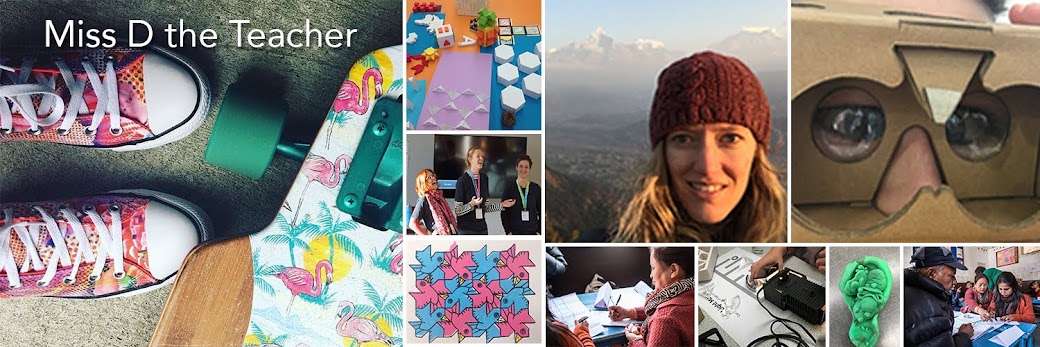 |
| My Hermann's Brain profile indicating my thinking preferences |
Of course seriously addressing diversity is not just for those of us lucky enough to be at a flash new school. The team from SCIL shared a great model at the Making it Mobile conference in Auckland last week. Their model allows personalisation right down to a student's mood on any particular day whilst developing multiple intelligences and levels of thought. Yes, it sounds too good to be true. However by creating a grid with Bloom's Revised Taxonomy at the top and Howard Gardener's Multiple Intelligences on the left, they then filled in activities for a unit. The grid has short explanations of the tasks as well as points. Students need to collect a certain number of points over a period of time. Task cards are already made up for students to gain more information about each activity on the grid. You can see an example here. Yes, this requires major preparation. However, as we have discovered at Hobsonville Point, team planning is faster, easier and provides for more scope too. Ros MacEachern and I are already thinking of planning our small module in this way using SOLO and our Hobsonville Point Learning Design Model.
Of course meeting my new students yesterday, I was reminded again of how different each student really is. Some are quiet, some are not. Some become a whole lot less quiet as time progresses. One really likes sport and another was reading a book about the periodic table. And of course, for each student their situation at home is different too.The New Zealand Registered Reacher Criteria goes out of its way to highlight that we as teachers need to be responsive to diversity, however I don't know that we necessarily give enough credit to the strength that diversity offers us. Embracing and utilising the diversity within our teams can be really powerful. Each person is different, and as such, each brings different strengths, perspectives and concerns. The key of course being able to use this diversity for increased learning and better solutions. I certainly think I have many valuable lessons to learn from our principal at Hobsonville Point, Maurie Abraham on this subject. I hope he knows that he is under careful observation as he somehow seems to effortlessly manage a group of over enthusiastic, strong willed and highly passionate teachers who make up a fairly diverse team. Although to a degree we are very like minded in our mission and values, our varied strengths and preferences were highlighted so well by Marg Thorsborne and Julia Atkin's work with us on Hermann's brain. Of course, taking the time to listen, consider and utilise those people who are different to us certainly has shown what incredible solutions a team can come up with.
I certainly recognise I have a lot to learn about turning diversity into a strength. However I also feel that great leadership, excellent professional development and even more outstanding staff with which to plan and team teach means that I have all the right tools. Of course, I will be sharing them here if you are on this journey with me.
PS: If you have read all the way through... I would love to know where you are from. So please, if you have read this far, leave a comment to say where you are from, I'd love to know if Google stats is telling the truth!






















